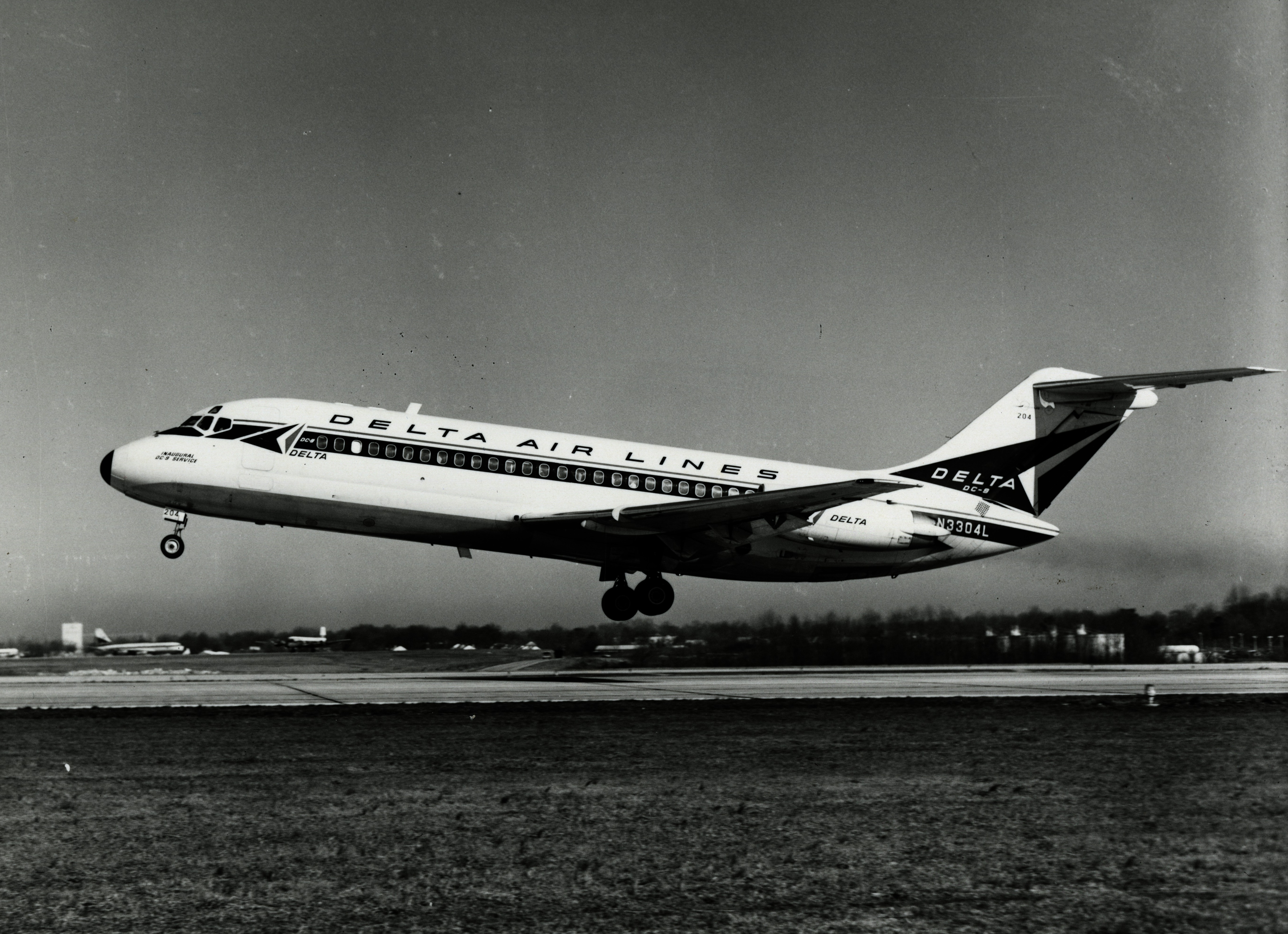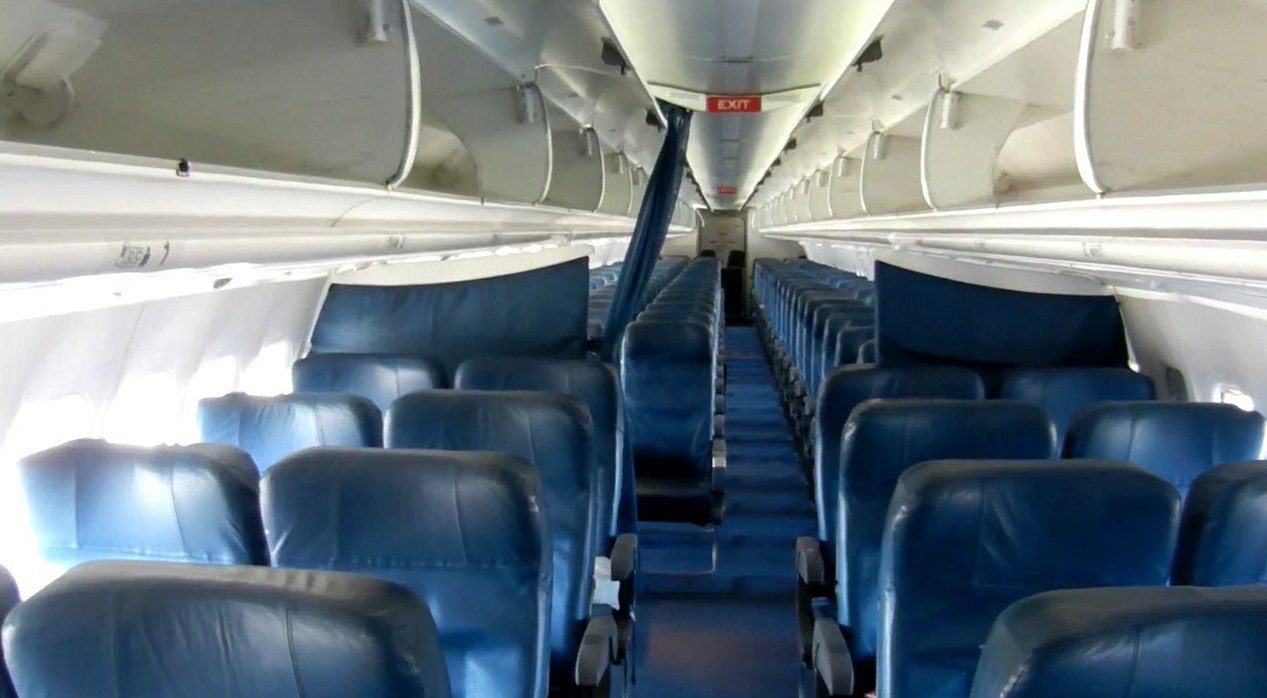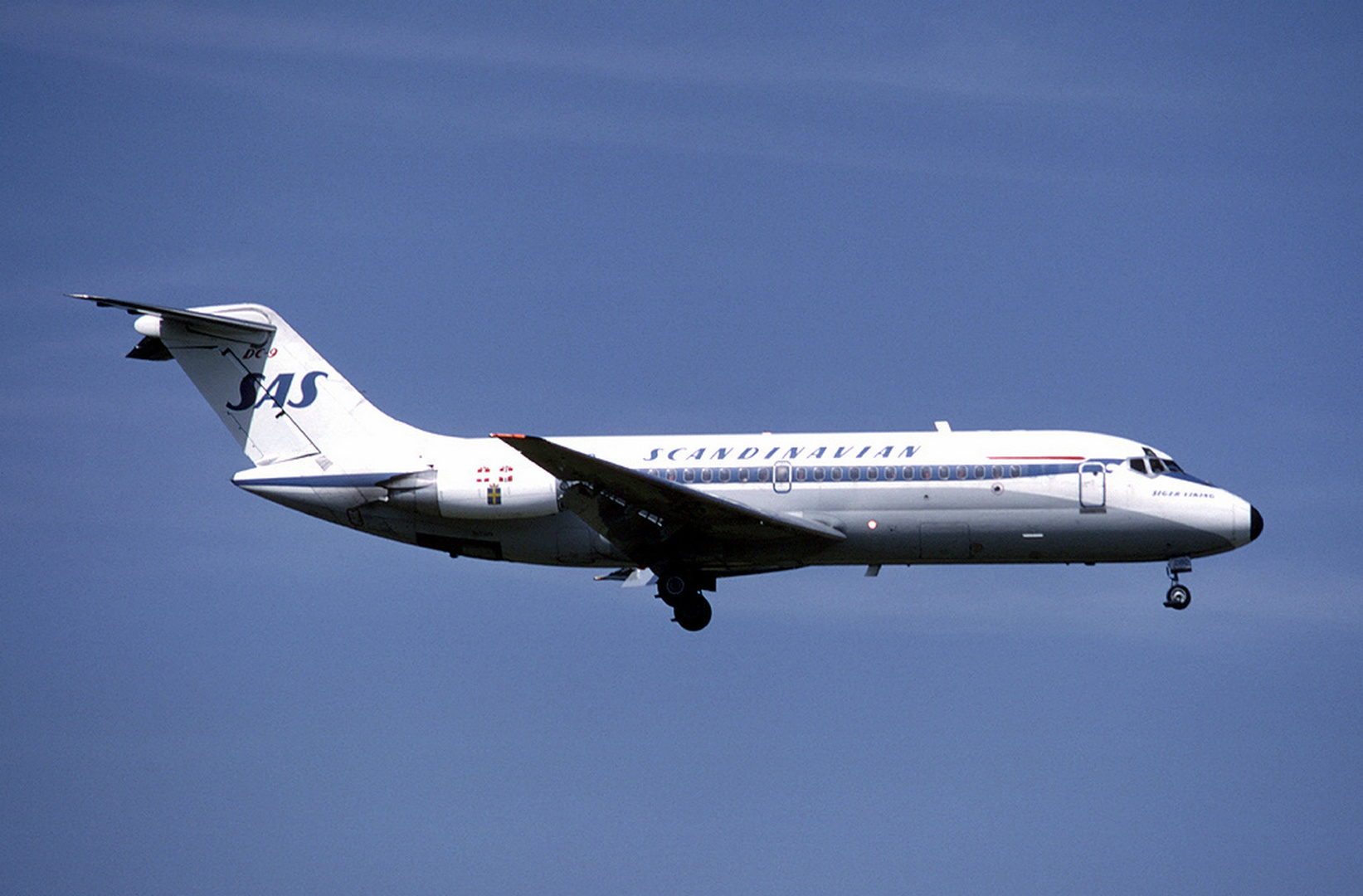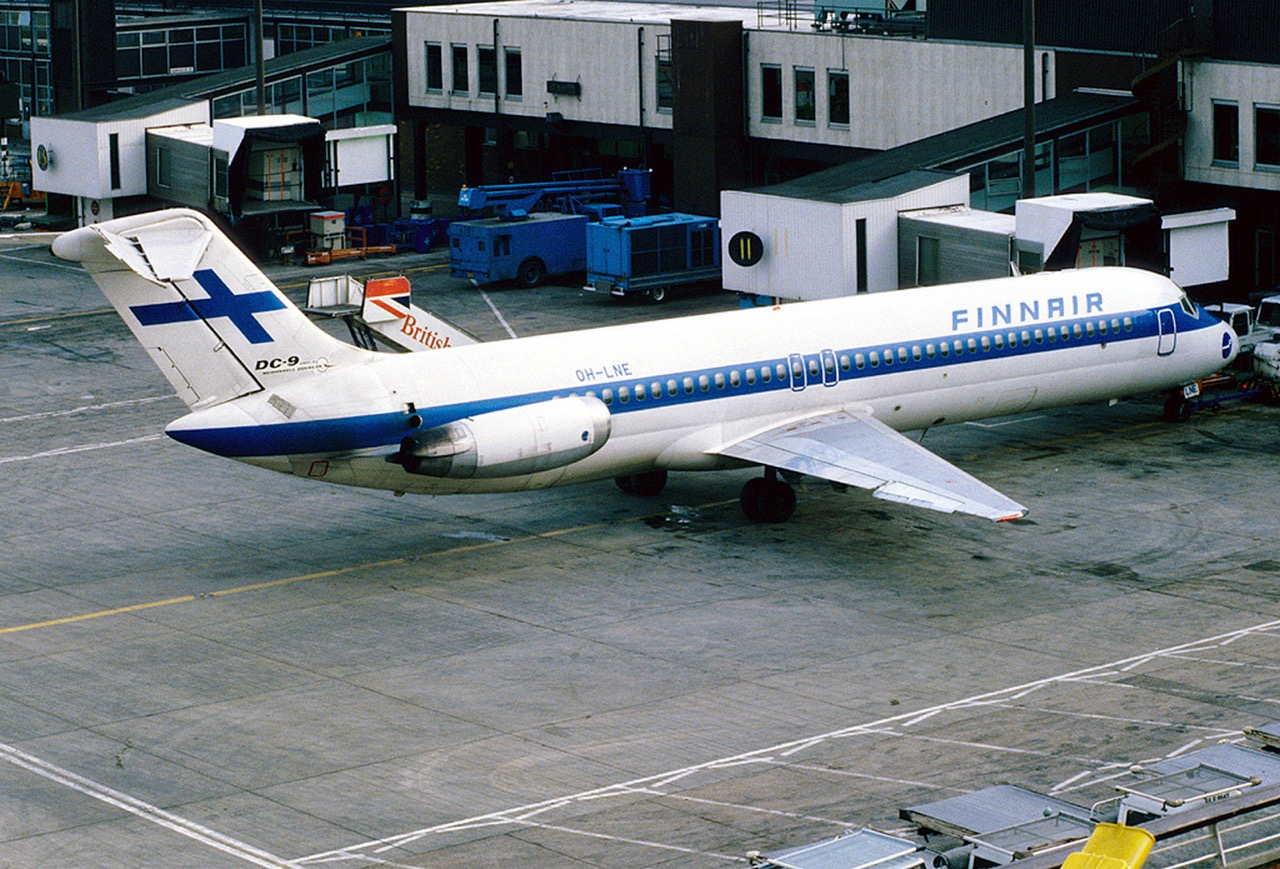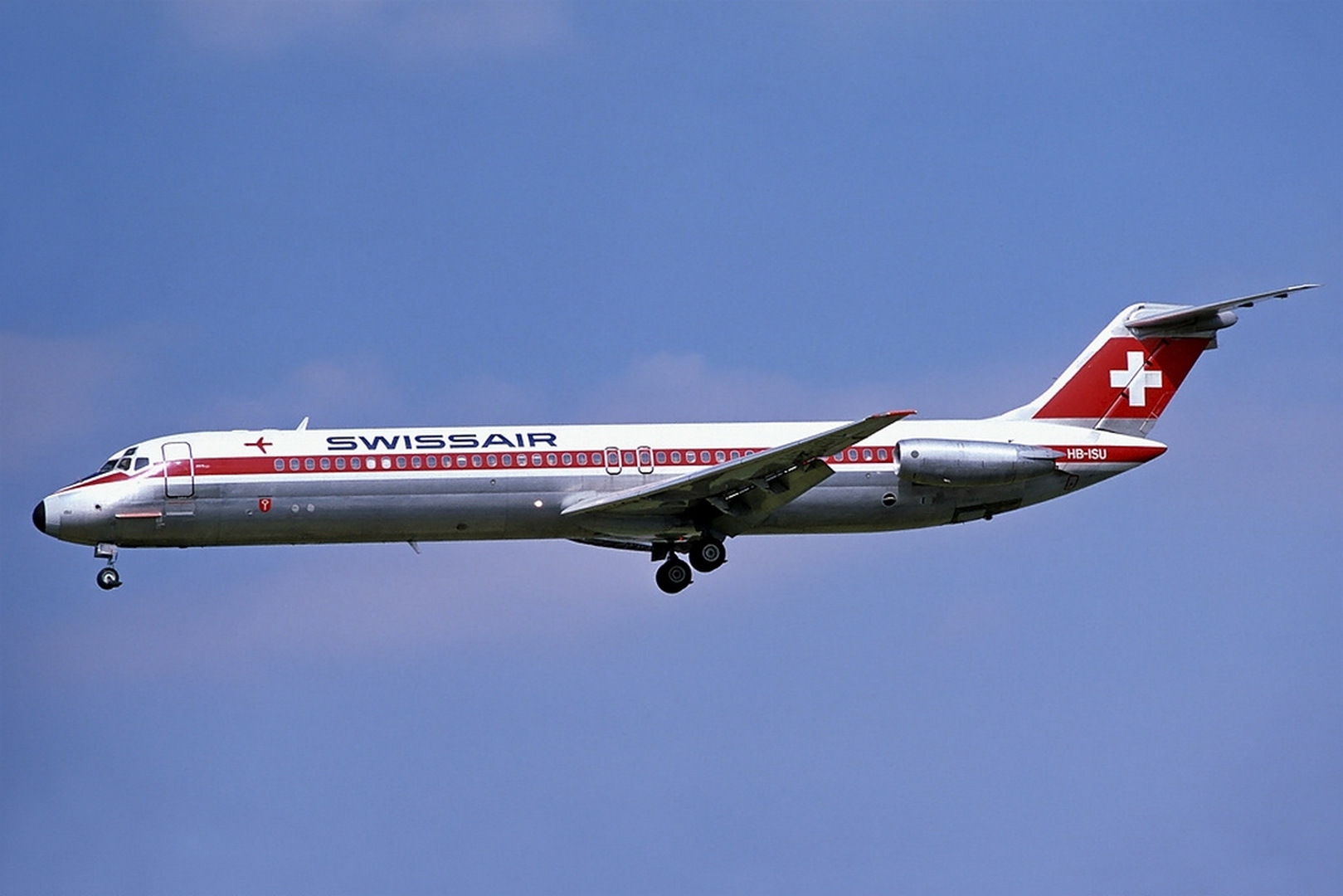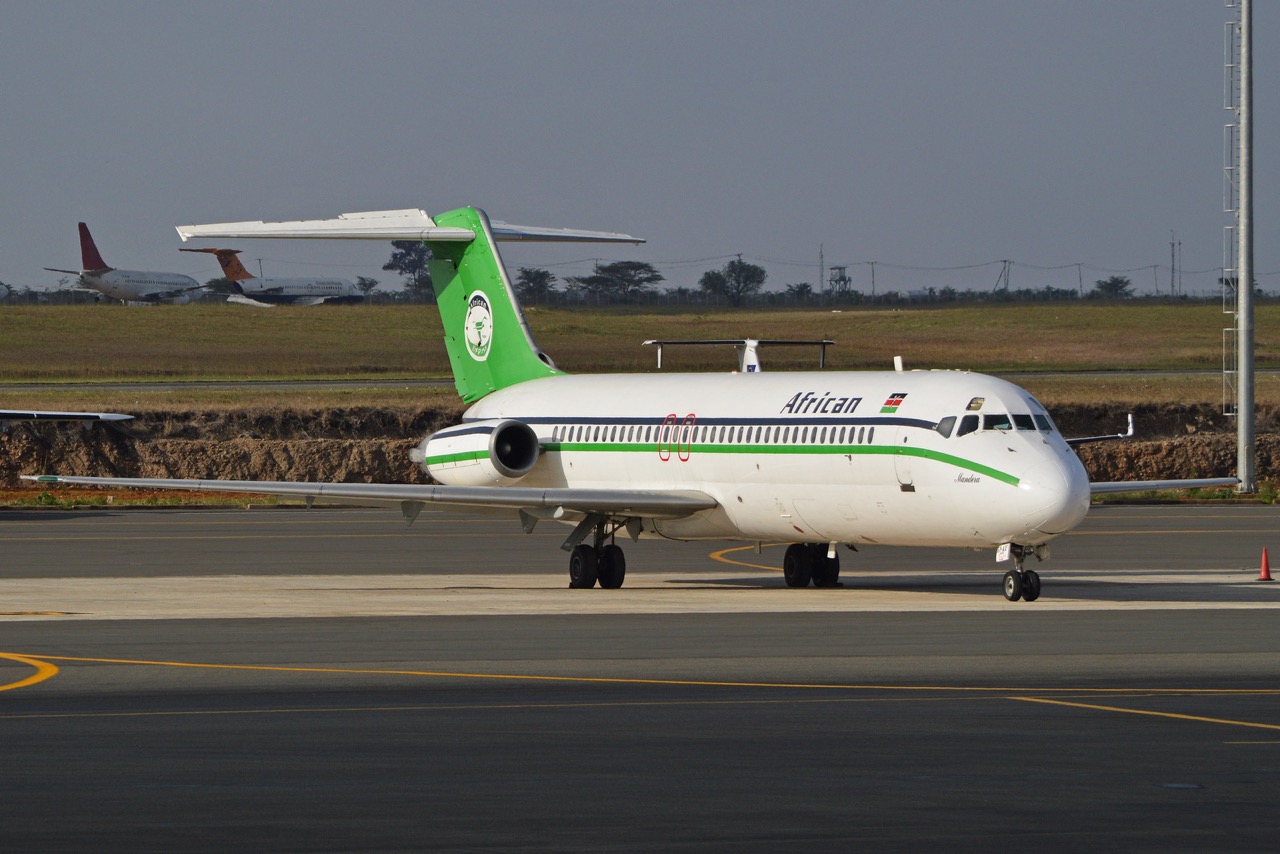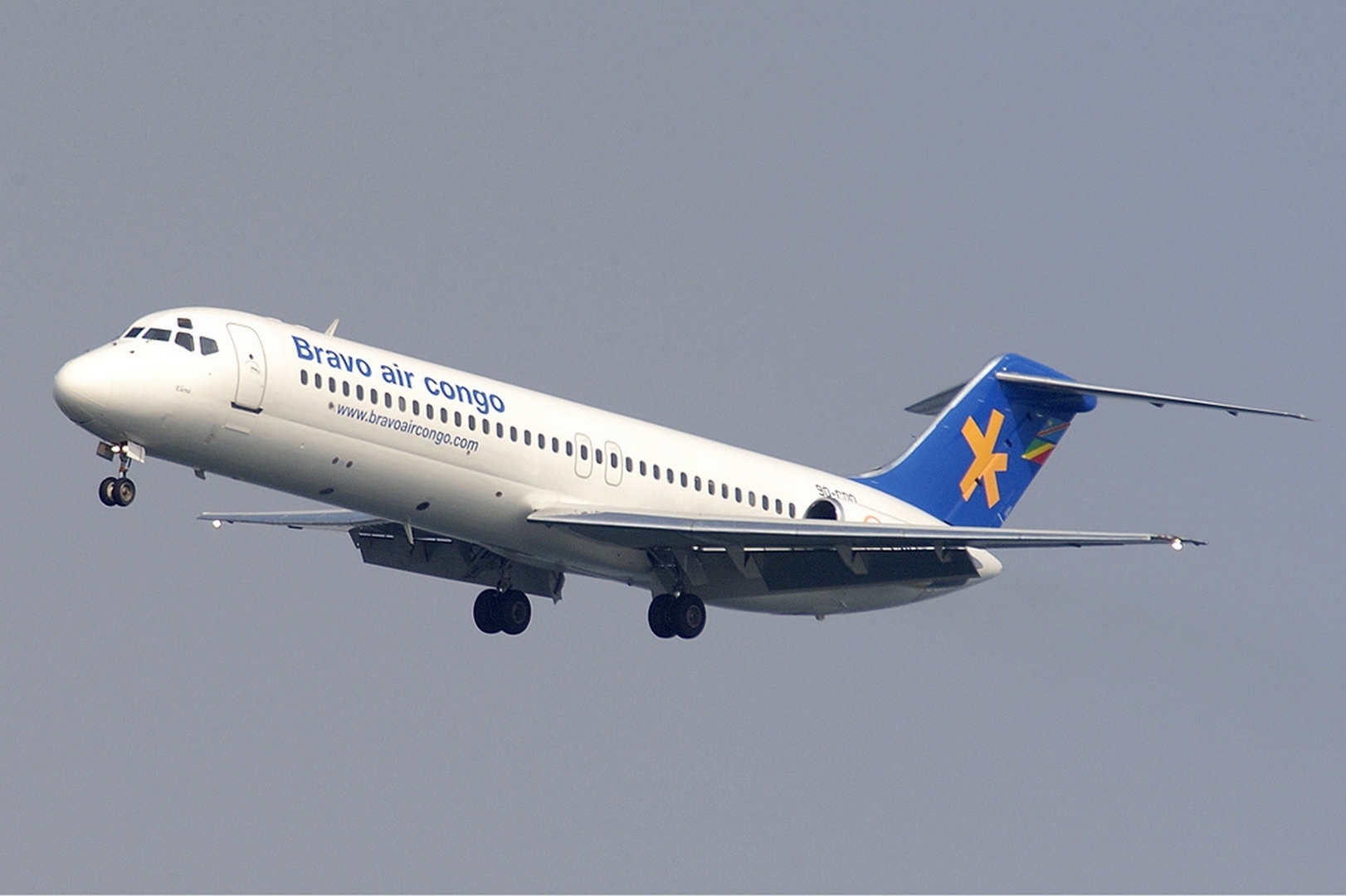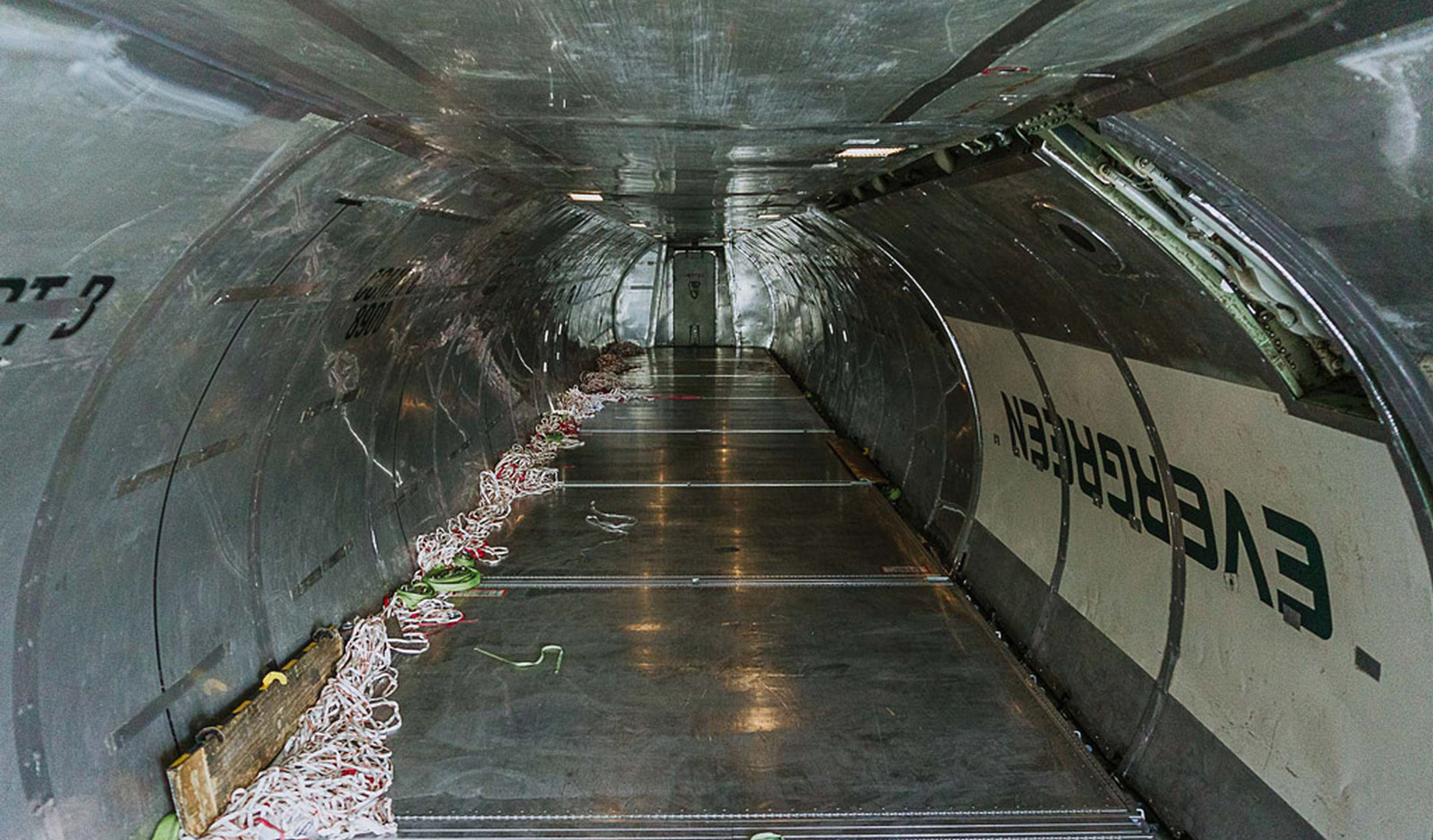February 25 Marked the 60th Anniversary of the DC-9 Passenger Airliner
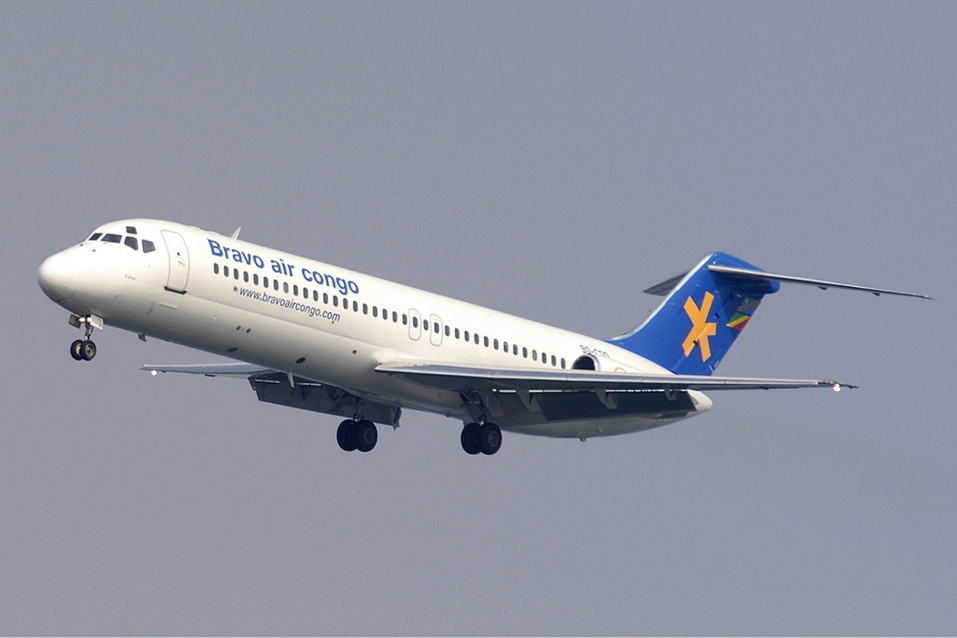
February 25 Marked the 60th Anniversary of the DC-9 Passenger Airliner, Created by the American Company Douglas Aircraft
On this day in 1965, the first prototype of the DC-9 took flight at Long Beach Airport in California.
The DC-9 was developed under the influence of the revolutionary French aircraft Sud Aviation Caravelle. The new airliner was designed for regional routes and medium-haul airways. Its testing proceeded rapidly and successfully, and by the same year, 1965, serial production had begun. However, Douglas Aircraft faced financial difficulties and needed investment to expand production. The solution came in 1967 when the company merged with McDonnell Aircraft, forming McDonnell Douglas.
Serial production of the DC-9 continued until the end of 1982. A total of 976 aircraft were built in five basic versions and numerous modifications, which significantly differed in fuselage length and passenger capacity. The largest among them were the Series 50 aircraft, each equipped with two Pratt & Whitney JT8D-17 turbofan engines, each producing nearly 8 tons of thrust. The DC-9-50 had a length of 40.72 meters, a wingspan of 28.45 meters, a maximum takeoff weight of 54.9 tons, and could carry up to 139 passengers. It cruised at nearly 900 km/h and had a range of over 3,000 km.
The first operator of the DC-9 was the American airline Delta Air Lines, which introduced its first aircraft of this type into service in December 1965. Due to its solid economic efficiency, onboard comfort, and sufficient reliability, the aircraft quickly gained popularity. This led to its operation on every continent except Antarctica, with more than 150 operators worldwide. Apart from civilian operators, the aircraft was also purchased by government and military organizations. Many DC-9s that accumulated significant flight hours in passenger service were later converted into cargo aircraft.
As of mid-2024, 30 DC-9s remained in operation. Of these, only two were used for passenger transport by African Express Airways, a Kenya-registered airline. The remaining aircraft were used as cargo planes, with 20 units operated by the Mexican charter airline Aeronaves TSM.
The DC-9 lineage continued with the development of the MD-80, MD-90, and Boeing 717 aircraft, with production lasting until 2006.

 Fan-page
Fan-page Youtube
Youtube TikTok
TikTok Aviamuseum
Aviamuseum State Aviation Museum
State Aviation Museum
